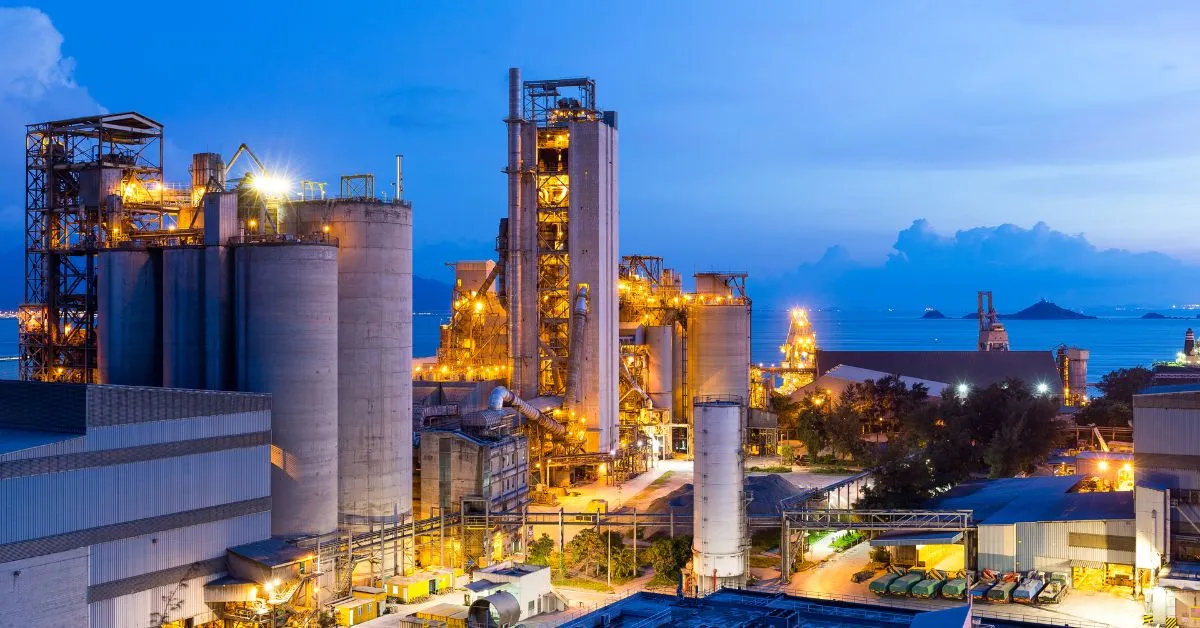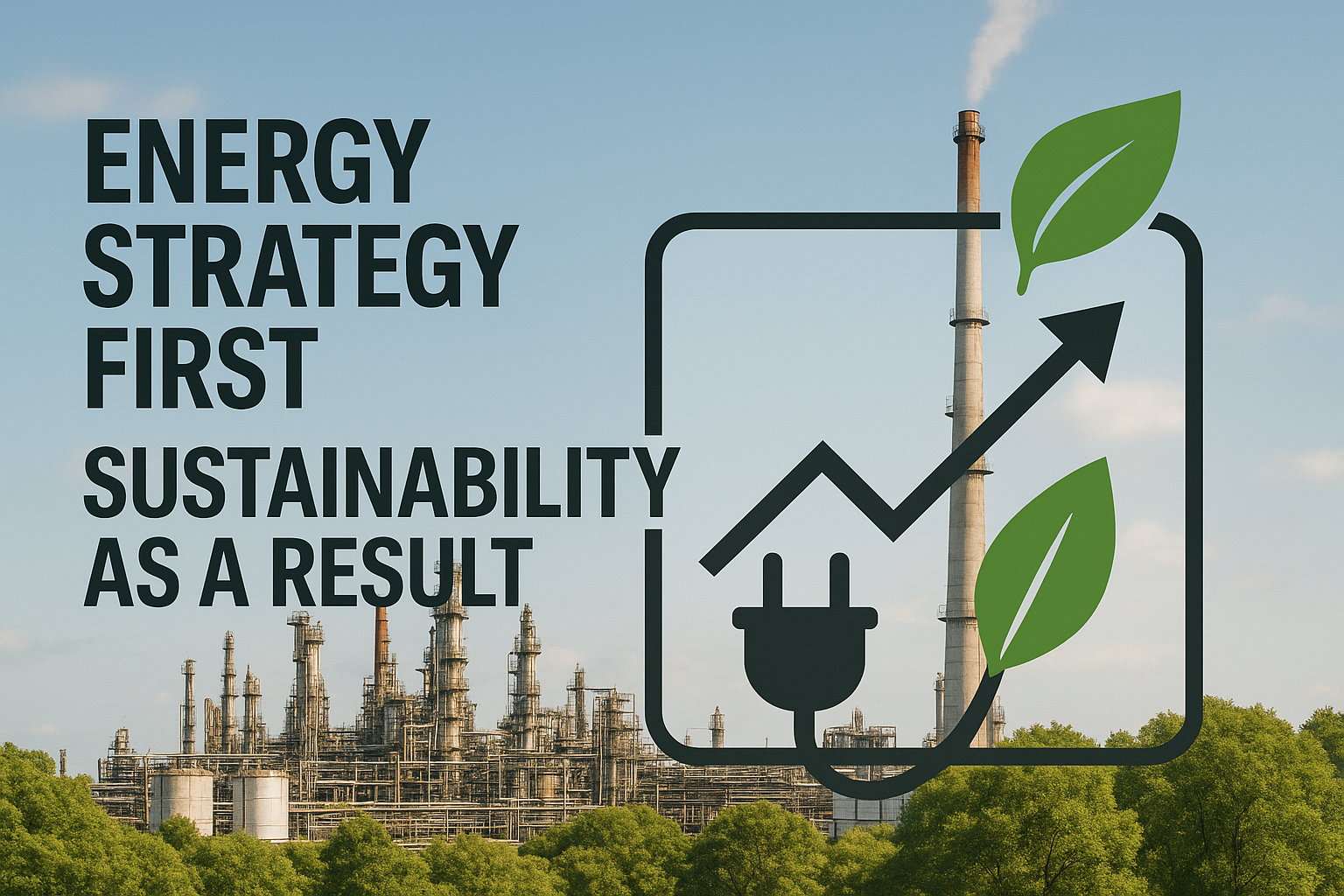Process industry leaders consistently point to high initial costs as their primary reason for hesitating to move beyond AI proofs of concept. But the friction is rarely financial alone. The real pattern reveals a significant underestimation of operator training time and a general lack of aligned metrics to judge success across departments.
In fact, 92% of executives said the lack of an AI-related people and organization foundation was a challenge—underscoring that culture and structure often pose bigger roadblocks than cost or tools.
This disconnect creates the well-documented “productivity paradox,” where output dips before AI’s long-term improvements surface. What looks like a technical roadblock is actually an invisible cultural or organizational constraint—misaligned KPIs, siloed data ownership, or quiet resistance from seasoned operators who feel sidelined.
The five hidden barriers that follow will show you how to turn each constraint into a stepping-stone toward measurable AI-driven improvements.
1. The “Perfect Data” Trap
Waiting for spotless, fully labeled data may feel prudent, yet it quietly drains ROI. A clear majority of process industry leaders rank data quality and availability as a top obstacle to intelligent automation, even though plants already collect substantial volumes of sensor readings, sample results, and historian logs every day, just rarely in one place or format.
Siloed control systems, mismatched timestamps, and years-long gaps in historical tags create blind spots in the variables your model needs to learn. In refineries and chemical plants, these gaps can mask hidden heat-balance shifts or catalyst degradation patterns that machine learning could otherwise expose.
The fix isn’t to cleanse everything first; it’s to let data and algorithms improve together. Start a focused pilot on existing streams while launching phased governance. Early models will surface bad tags, prompting quick clean-ups that sharpen the next training cycle.
2. Cultural Resistance Disguised as Technical Objections
When process industry leaders claim their hydrocracker is “too unique for AI,” they’re often masking deeper concerns about job security and operational control. Most stalled projects stem from cultural and change-management gaps rather than technical limitations, despite being consistently framed as technical constraints.
An Imubit survey revealed a telling pattern: 40% of respondents identified workforce readiness as the primary constraint, yet consistently presented these concerns as technical hurdles.
Studies on organizational readiness for AI demonstrate how trust and psychological safety become critical factors in safety-focused environments.
Plants that foster experimental learning cultures see both higher performance and stronger team engagement. When front-line operations feel secure enough to test, question, and iterate, technical adoption accelerates naturally.
Two practical approaches drive this cultural shift: transparent operator training where teams can examine models directly, and structured celebration of human-machine collaborative successes. These practices build the psychological safety essential for sustained adoption.
3. Stakeholder Misalignment on AI Success Metrics
Few organizations operate with a single, agreed metric set, leaving the rest to juggle conflicting scorecards that derail funding and timelines. In a typical refinery, operations chase higher throughput, maintenance flags equipment uptime, IT tracks model accuracy, and finance insists on margin per barrel.
When those yardsticks differ, intelligent automation pilots stall in endless scope creep because no one can prove value on common terms. The fallout shows up fast: dashboards that tell different stories, meetings spent debating whose numbers matter, and projects paused while leaders demand yet another ROI analysis.
Aligning the work with clear P&L levers, capturing a pre-pilot baseline, and exposing results in transparent, real-time dashboards turns that friction into momentum. Balanced scorecards help bridge soft goals like operator trust with hard targets such as energy intensity, so every department sees its win in the same frame.
Locking those improvements requires structure. The most successful implementations start by establishing a cross-functional steering committee with clear decision rights, then run a KPI lock-in workshop before the first line of code gets written. From there, they publish a live dashboard that streams the agreed metrics to everyone, from console operator to CFO.
When the entire plant reads from one shared model instead of siloed spreadsheets, your initiative stops being “their project” and starts being how the business measures success.
4. The Pilot Project Scope Paradox
You’ve probably seen it: a pilot that’s so constrained it can’t move the needle, or one so sprawling it collapses under its own weight.
The core issue isn’t the algorithm—it’s scope. A narrow test bed can’t capture the real-world variability of a refinery, yet an over-ambitious rollout strains data pipelines, change-management bandwidth, and operator trust. A holistic view of technology, data, and culture is what turns a promising demo into a production workhorse.
To land in that sweet spot, successful implementations follow a proven approach:
- Choose a high-visibility unit with material financial upside.
- Limit variables so the team can isolate cause and effect.
- Commit to a 90-day results window, then lock in the learnings for scale.
Modular, scalable approaches and seamless integration in emerging analytics platforms let you bolt on additional units without rewriting code. Cross-functional teams keep operators, IT, and finance aligned.
5. The Integration Timeline Misconception
You can wire an interface to your historian in a week, yet the real integration clock only starts when front-line operations begin to trust and use the model. Too often, project schedules budget hours for IT work but skim over workforce readiness, treating machine learning like plug-and-play.
Industrial automation requires continuous monitoring and retraining, while many companies continue to face challenges with the expertise needed to keep models healthy after launch.
Legacy equipment in refineries and chemical plants makes timeline planning even trickier. Data must traverse distributed control system (DCS) layers, antiquated protocols, and strict cybersecurity barriers before reaching the model.
Each hand-off introduces latency, version-control risk, and maintenance responsibilities, classic MLOps tasks that rarely appear in initial Gantt charts.
The longer path pays off when you treat human adoption as the critical path. Process industry leaders who succeed with automated optimization solutions understand that operator confidence matters more than connection speed. Training builds trust, and trust drives results.
To keep integration realistic—and ROI intact—start with three commitments: Build 30-, 60-, and 90-day operator training milestones alongside the technical timeline. Budget MLOps resources from day one so models learn as conditions evolve with changing feed slates and equipment states. Establish an ongoing maintenance cadence that reviews model performance against plant KPIs and captures new data for retraining.
Break Through the AI Barriers With Imubit
The biggest drag on industrial automation isn’t equipment cost—it’s the mix of data silos and entrenched culture that keeps promising pilots from scaling. The productivity paradox shows output can dip before new workflows settle, while stubborn assumptions about instant solutions distract teams from deeper alignment work. You need a plan that tackles front-line habits and data governance with equal focus.
That’s why Imubit anchors every engagement on three pillars: Closed Loop AI Optimization solution that learns your plant-specific operations in real-time, Value Sustainment services that track long-term KPIs, and Workforce Transformation programs that build organizational readiness.
When executive sponsors, operators, and data teams share one dashboard and one shared success metric, progress scales naturally from pilot to enterprise.
Address the human, technical, and strategic pieces together, and you’ll position your company for durable profit growth long after the first model goes live. Schedule your AI Adoption Readiness Assessment to uncover your hidden hurdles.




